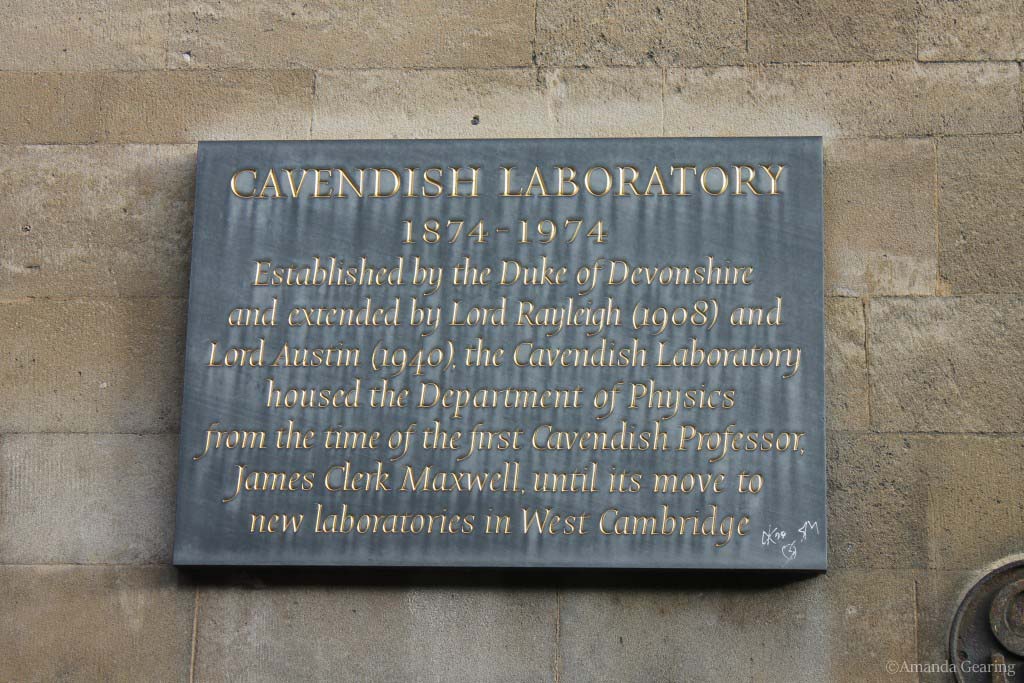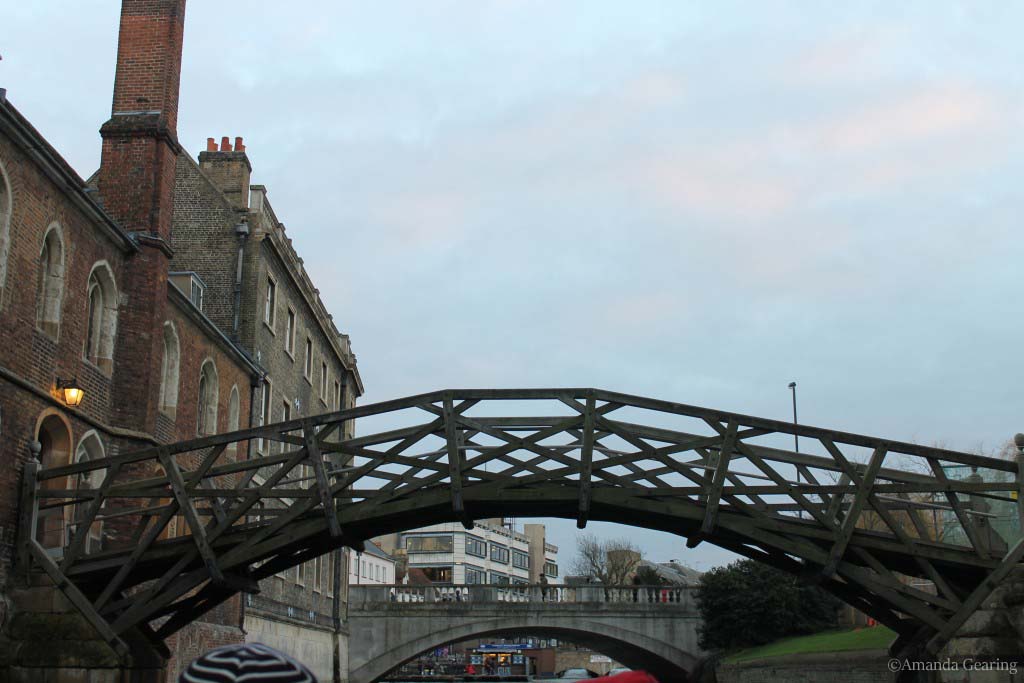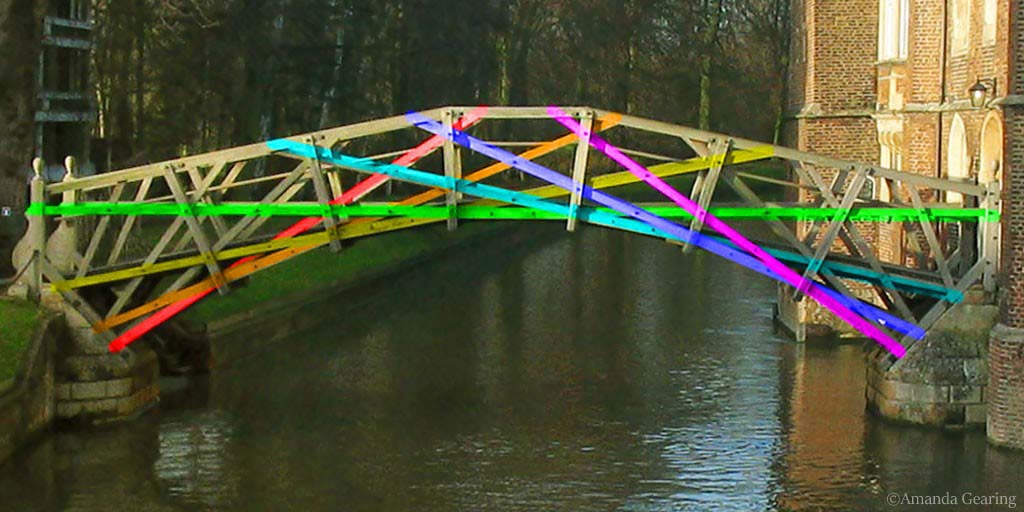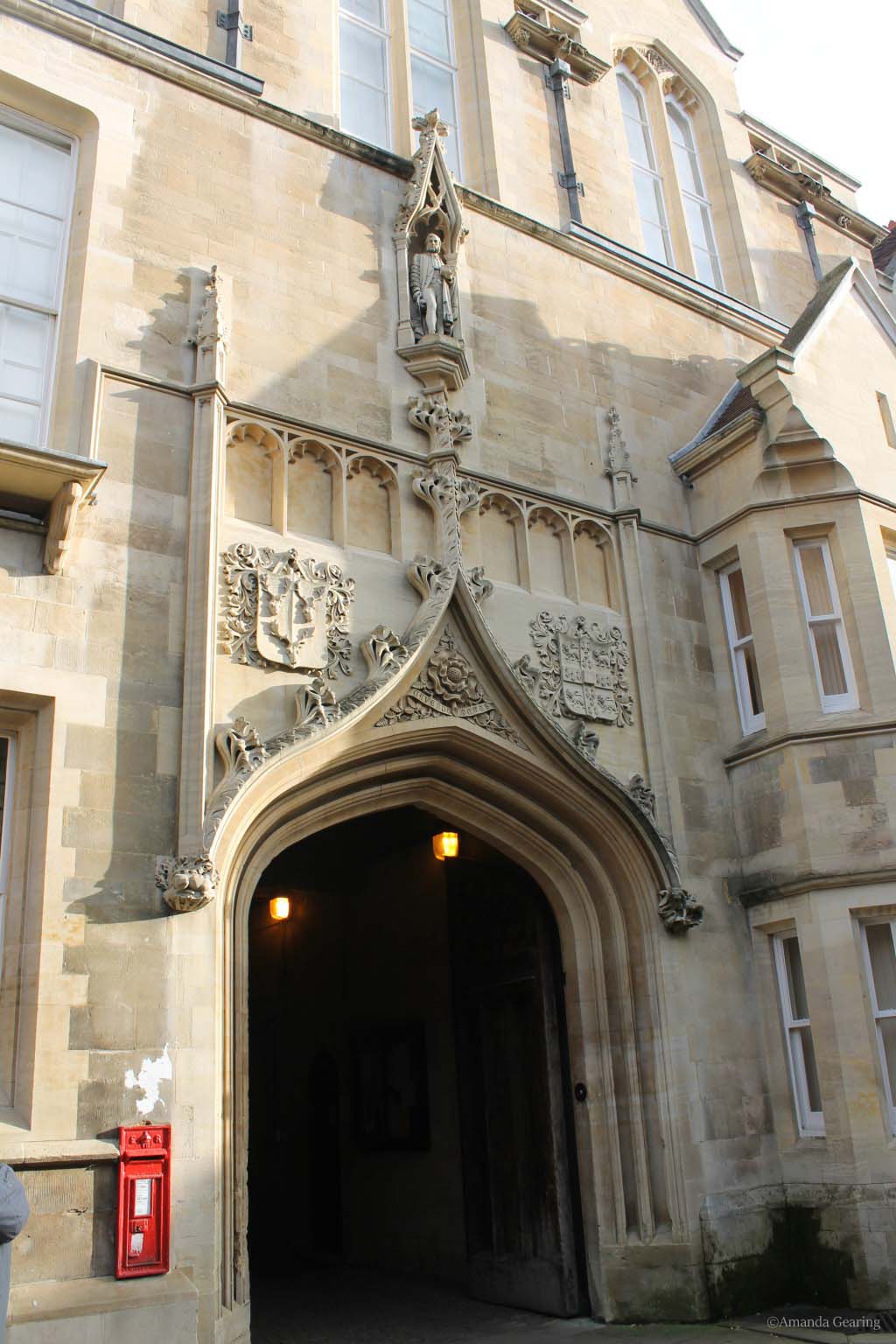Updated on July 30, 2013
The river Cam, Cambridge
Punting on the river Cam in central Cambridge is possible because the river is shallow enough for a person in a boat to hold a long pole and poke it into the bottom of the river to propel the boat.
This means boats on the river don’t need to use paddles, sails or motor and glide along silently.
The use of punts – flat-bottomed boats without engines or oars – creates a peaceful river culture, especially during the summer months, in fine weather.
Punting continues, to a lesser extent, in winter. The day we were there the temperature was hovering around zero degrees but punts were still operating on the river, despite the rain.
Passengers were offered hot water bottles, blankets and umbrellas – which were most welcome.
Glidiing along the river past the great colleges of Cambridge University which back onto the river provided a rich insight into the history of this fascinating city.

Colleges along the Cam originally had paddocks across the river for students to keep their horses. These paddocks are now open land known as ‘the backs’ and provide a rural atmosphere in the city.
The bridges leading from each college to its ‘backs’ are quite distinctive.
The best-known is the ‘mathematical bridge’.
This section of the river is a small part of the River Cam, that until the mid 1800s was the main means of transporting people and goods.
The building of the railways in the mid 1800s largely took over the freight and transport task.
FACT BOX
To go punting on the Cam, book online at Scudamores Punting Company, or Cambridge River Tours.
If booking at the Tourist Information Office in Peas Hill, which is near King’s and Queen’s Colleges, you can buy a discounted combined ticket for punting on the river and taking a guided walk around the University. Walking tours begin at the Tourist Information Centre.
An interesting place to eat is the famous pub “The Eagle” in Benet Street, just around the corner from the main entrance of Kings College. This 14th century pub is where academics and students have met for meals and to discus their research and study. It was here that James Watson and Francis Crick reported their discovery of the DNA code in 1953.
The pub has a wide range of food of good quality.

Mathematical Bridge
This wooden footbridge, leading from Queen’s College to the college’s backs, was originally built in 1749.
It demonstrates an engineering design theory called tangent and radial trussing in which an arched structure is made only with straight pieces of timber.
The ends of the bridge have angled foundations, allowing pieces of timber to be attached at different tangents to the curve. Uprights, or radial timbers, are then added to join the longer timbers.





Recent Comments